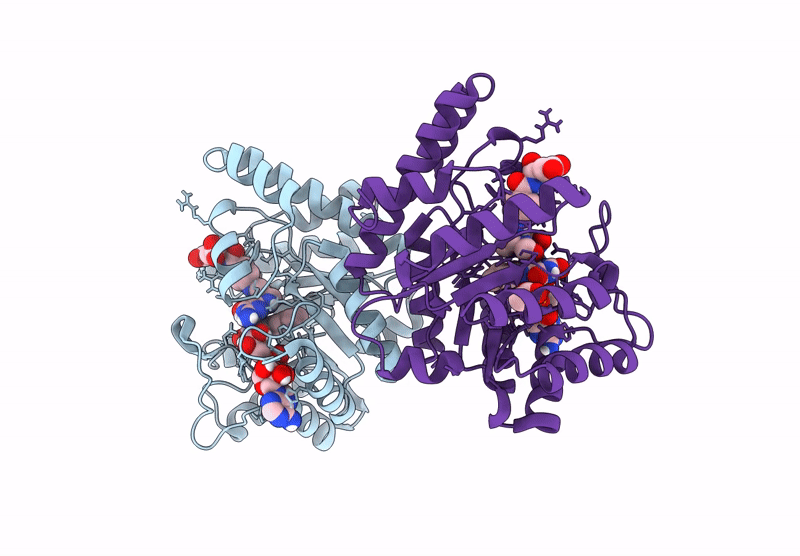
Deposition Date
2022-01-10
Release Date
2023-01-18
Last Version Date
2023-10-25
Entry Detail
PDB ID:
7TH4
Keywords:
Title:
T. thermophilus methylenetetrahydrofolate reductase complex with 5-formyltetrahydrofolate
Biological Source:
Source Organism:
Thermus thermophilus HB8 (Taxon ID: 300852)
Host Organism:
Method Details:
Experimental Method:
Resolution:
1.45 Å
R-Value Free:
0.17
R-Value Work:
0.13
R-Value Observed:
0.13
Space Group:
P 21 21 21


